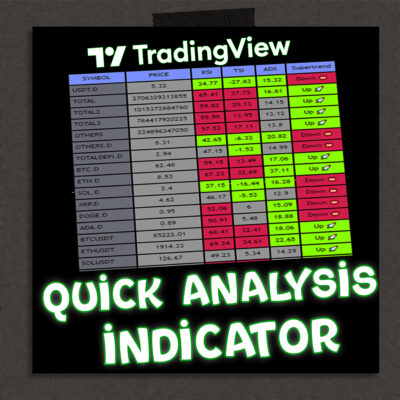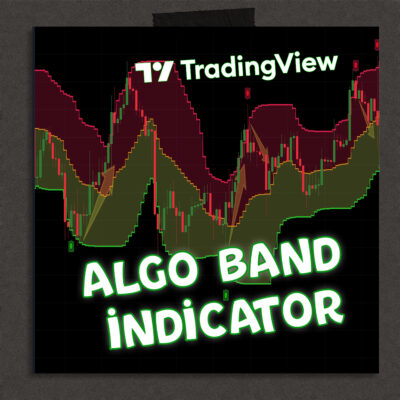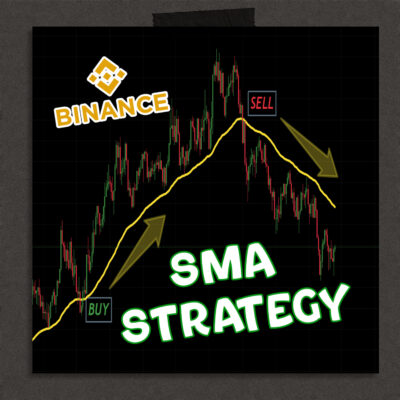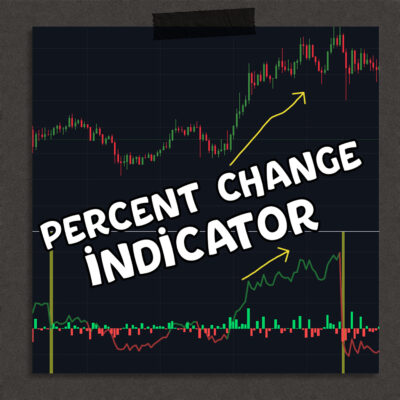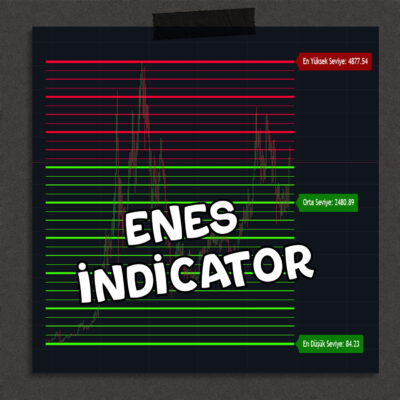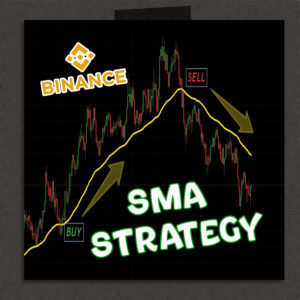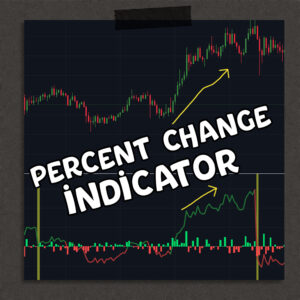Automated Grid Trading Strategy
The Automated Grid Trading Bot Strategy is a robust trading algorithm designed for TradingView, utilizing grid levels to automate trade entries, exits, and risk management. Built with Pine Script, this strategy caters to traders looking for a structured, algorithmic approach to trading that minimizes emotional decision-making and optimizes profitability.
What Is the Automated Grid Trading Bot?
The Automated Grid Trading Bot is a Pine Script-based algorithm that automates trading by creating price grids and executing trades when price levels cross predefined grid levels. This strategy is effective in ranging markets where price oscillates between support and resistance levels.
Key features of the bot include:
– Customizable Grid Levels: Allows users to set either 10 or 20 grid levels for greater control over trading precision.
– Stop Loss Management: Includes customizable stop-loss features for risk mitigation.
– Dynamic Trade Direction: Users can choose between long, short, or both directions, optimizing their strategy according to market conditions.
– Algorithm Backtesting: Supports backtesting over a user-specified time range to analyze the performance and effectiveness of the strategy.
How the Automated Grid Bot Works
The strategy initiates trades based on the price movement through grid levels defined by the user. Here’s how it works:
Steps:
- Grid Configuration: The bot divides the trading range between a high and low price into either 10 or 20 equal grid levels, based on user preference. Each grid represents a potential entry point for trades.
2. Trade Direction: The user sets the trade direction as long, short, or both. The strategy then monitors price movements and initiates trades based on crossovers with grid levels.
3. Position Sizing: The bot calculates the quantity of each position relative to the current price, ensuring position sizes align with the user’s risk tolerance and available capital.
4. Stop Loss Settings: Traders can activate stop-loss features, setting price levels to close trades if the market moves against them. Options include default grid-based stops or user-defined levels.
5. Backtesting Capabilities: Users can specify start and end dates for backtesting, allowing them to analyze past performance and refine their strategy.
Key Components of the Code
To understand how the Automated Grid Bot Strategy operates, let’s break down some of its core components:
– Grid Level Inputs: The code allows users to input high and low prices, which are divided into grid levels. This flexibility provides precise control over where trades are triggered.
– Trade Execution Logic: The strategy uses the Pine Script `strategy.entry` and `strategy.exit` functions to enter and exit trades based on the grid levels and trade direction.
– Stop Loss Implementation: The bot includes a sophisticated stop-loss system, enabling users to close trades automatically if specific conditions are met.
– Performance Dashboard: A visual dashboard displays metrics like open positions, total trades, net profit, and equity, providing traders with real-time insights into their strategy’s performance.
How to Implement and Use the Grid Bot
To set up the Automated Grid Bot Strategy in TradingView:
- Open TradingView and navigate to the Pine Script Editor.
2. Paste the Code: Copy and paste the strategy code into the editor.
3. Customize Your Settings:
– Set your start and end dates for backtesting.
– Define the grid levels (10 or 20) and input your high and low prices.
– Choose your preferred trade direction and configure stop-loss settings.
4. Run the Strategy: Click on ‘Add to Chart’ to visualize the grid levels and monitor trades as they are executed.
5. Backtest and Optimize: Analyze the strategy’s performance over your chosen time period and adjust settings to maximize profitability.
Advantages of the Automated Grid Trading Bot
– Emotional Control: Automates trades based on pre-set rules, reducing the influence of emotions on trading decisions.
– Customization: Offers flexibility in grid levels, position sizing, and stop-loss settings to suit different trading styles and risk appetites.
– Backtesting Capabilities: Allows traders to test their strategies over historical data, helping refine settings before applying them to live markets.
– Visual Performance Metrics: The built-in dashboard offers quick access to essential trading metrics, ensuring traders stay informed about their strategy’s status.
Conclusion
The Automated Grid Trading Bot Strategy for TradingView provides traders with a comprehensive, customizable solution to automate their trading activities. Whether you are a novice trader or a seasoned professional, this strategy allows for precise control over trade entries, exits, and risk management, maximizing profitability and minimizing risk.
![[ENG]](https://www.algostore.net/wp-content/plugins/polylang-pro/vendor/wpsyntex/polylang/flags/us.png)
![[TR]](https://www.algostore.net/wp-content/plugins/polylang-pro/vendor/wpsyntex/polylang/flags/tr.png) [TR]
[TR]
